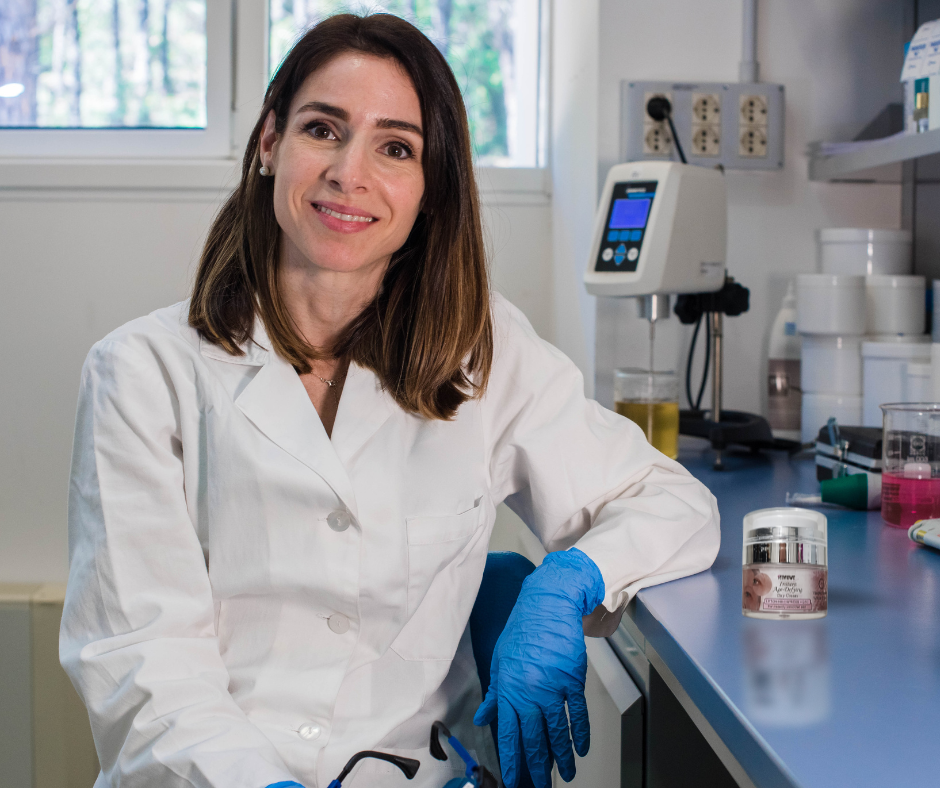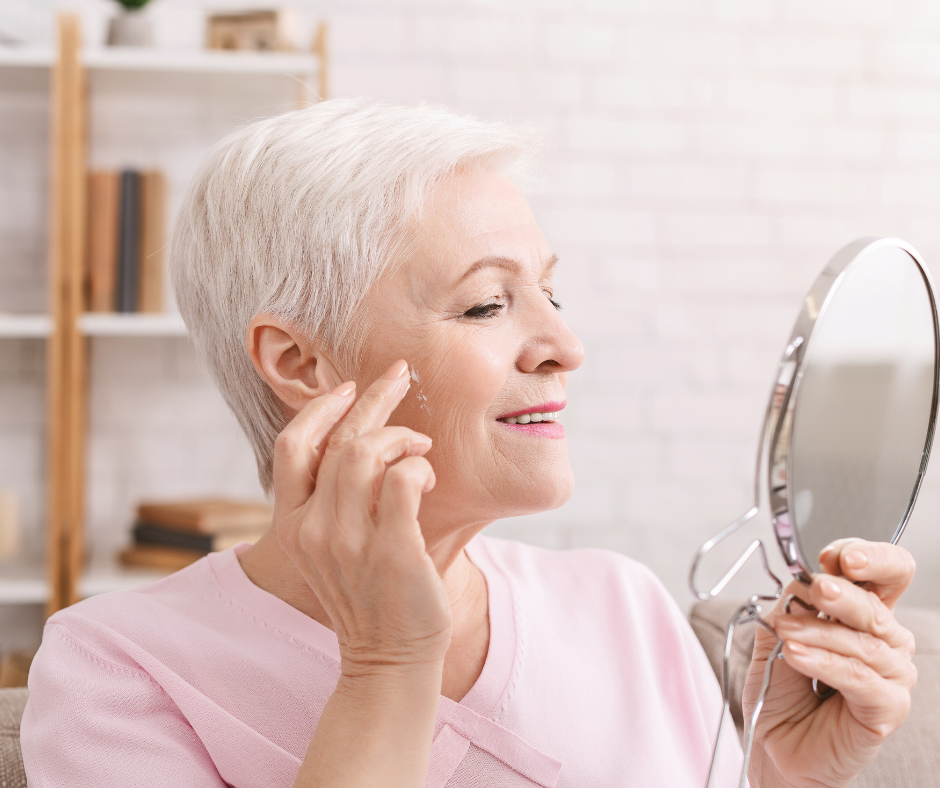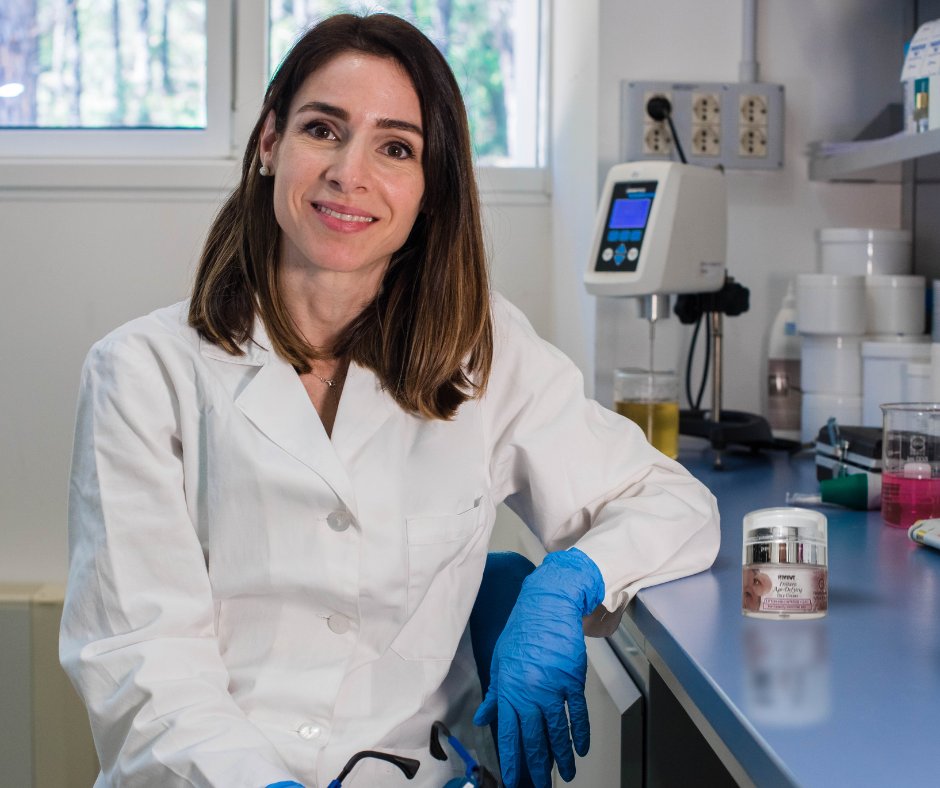What makes a cleaning product foam? The answer lies in surfactants! Surfactants are surface-active substances that can dissolve dirt and grease, and they are a crucial component in everything from shampoos and shower gels to facial cleansers and hand soaps. In this blog post, we will go over how different surfactants work and how you can create foaming products.
How do surfactants work?
Surfactants have a unique chemical structure that allows them to bind to both water and oil. This means they can lift dirt and grease from the skin and be rinsed away with water. Surfactants consist of a hydrophilic (water-loving) and a hydrophobic (fat-loving) part, making them effective cleansers.
Different types of surfactants
There are several different types of surfactants, each with its own properties and uses:
🔹 Anionic surfactants – Have strong cleansing and foaming properties. Examples: Sodium Cocoyl Isethionate (SCI), Sodium Lauryl Sulfate (SLS), Sodium Coco Sulfate (SCS).
🔹 Non-ionic surfactants – Milder and more skin-friendly, often used in combination with anionic surfactants. Examples: Decyl Glucoside, Coco Glucoside.
🔹 Amphoteric surfactants – Soothing and foaming, often combined with other surfactants to reduce irritation. Example: Cocamidopropyl Betaine.
🔹 Cationic surfactants – Most often used in conditioners and hair care to provide softness and anti-frizz effect. Example: Behentrimonium Chloride.
How do you create a foaming product?
Creating a foaming product involves combining different surfactants to achieve a balance between cleansing, foaming and mildness.
1. Choose the main surfactant – The base in your product, for example Sodium Cocoyl Isethionate (SCI) for a mild foam.
2. Combine with a secondary surfactant – For example, Decyl Glucoside to create a softer foam and increase mildness.
3. Adjust with an amphoteric surfactant – Cocamidopropyl Betaine can be used to increase viscosity and provide a richer foam.
4. Check pH – Surfactants work best at a specific pH, so make sure your formulation is within the recommended range.
Tips for creating gentle cleaning products
-
Avoid strong sulfates if you want a milder product.
-
Combine different surfactants to reduce irritation.
-
Use moisturizing ingredients like glycerin or panthenol to balance the cleansing.
-
Add natural oils to provide extra care and softness.
Want to learn more about formulation? Don't miss our next part of NSL Cosmetics' little formulation school ! Subscribe to our newsletter for more tips and DIY recipes.
With natural beauty,
NSL Cosmetics






Leave a comment